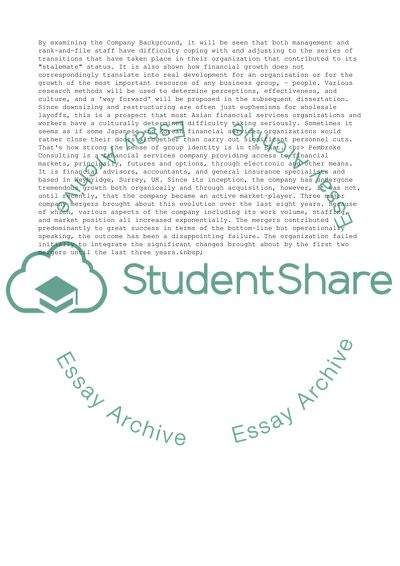Cite this document
(Applied Research Methods Proposal Example | Topics and Well Written Essays - 3500 words, n.d.)
Applied Research Methods Proposal Example | Topics and Well Written Essays - 3500 words. Retrieved from https://studentshare.org/management/1532691-applied-research-methods-research-proposal
Applied Research Methods Proposal Example | Topics and Well Written Essays - 3500 words. Retrieved from https://studentshare.org/management/1532691-applied-research-methods-research-proposal
(Applied Research Methods Proposal Example | Topics and Well Written Essays - 3500 Words)
Applied Research Methods Proposal Example | Topics and Well Written Essays - 3500 Words. https://studentshare.org/management/1532691-applied-research-methods-research-proposal.
Applied Research Methods Proposal Example | Topics and Well Written Essays - 3500 Words. https://studentshare.org/management/1532691-applied-research-methods-research-proposal.
“Applied Research Methods Proposal Example | Topics and Well Written Essays - 3500 Words”, n.d. https://studentshare.org/management/1532691-applied-research-methods-research-proposal.


